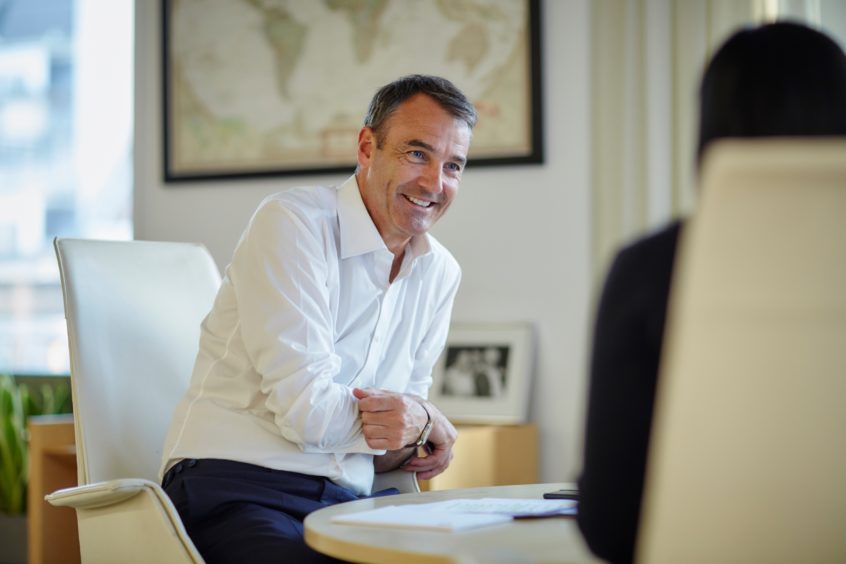
BP’s new CEO needs to “push” the energy transition agenda further to stop the supermajor falling foul of investors, particularly in Europe, analysts have said.
Bernard Looney is expected to outline his “vision” when he takes over from Bob Dudley next month, while a capital markets day in mid-2020 could put more meat on the bones.
Biraj Borkhataria and Erwan Kerouredan, of RBC Europe, said all European majors had made strides in this area in response to “shareholder and societal pressures”.
They said BP had been more hesitant than its peers, likely due to its disappointing experience in the early 2000s with its “Beyond Petroleum” campaign to promote renewables.
This doesn’t mean the company has been idle. It has chopped greenhouse gas emissions by more than 2.5 million tonnes since the start of 2016, putting BP well on its way to hitting its target of 3.5m tonnes by 2025.
Bonuses for 36,000 BP employees, including executive directors, have been linked to greenhouse gas reduction efforts.
But BP has yet to commit to targets for “scope three”, which relates to the use of the company’s products by customers, which accounts for the bulk of emissions.
Reuters reported last week that Looney will set more ambitious targets, which will “likely” encompass scope three.
Borkhataria and Mr Kerouredan said shareholders were “demanding” more action on carbon emissions and that the “direction of travel appeared to be extremely clears”.
They said new CEOs tended to make “big moves”, whether that means major acquisitions or shifting the strategy.
The analysts also said that while Looney’s promotion was not a surprise, CFO Brian Gilvary’s decision to retire was, suggesting he may have been in the running for the top job.
As well as doing more in the low carbon sphere, they said BP should look to address its gearing – currently about 36% — before considering a dividend hike.
Borkhataria and Mr Kerouredan believe BP’s 19.75% stake in Russian oil producer Rosneft would be the most “obvious” option. It could fetch $16 billion and lower gearing by 7%.
BP’s Canadian and Angola portfolios could also be marketed.
Further steps Looney could take to make BP more attractive to investors include “simplifying” the message.
They said: “We think BP should focus on its free cash flow breakeven target range of $35-40/bbl, and look to drive that down further over time, rather than rhetoric around “pre-tax free cash flow” guidance, which we think just confuses investors and the market. The simpler the building blocks, the better.”
Borkhataria and Mr Kerouredan also touted the possibility of further US onshore acquisitions to supplement the $10.5bn swoop for BHP’s lower 48 business, which they felt was “unlikely to move the needle”.
They also said there would be “plenty of willing sellers at the right prices”, assuming BP has the capacity.
Lastly, the analysts advised BP to focus on better disclosure in the downstream sector, which accounts for 40% of its earnings.
They added: “Downstream disclosure across the sector is generally poor, and BP is no exception.
“Better, and more consistent disclosure particularly in marketing could help identify competitive advantages, and help investors see these valuable retail businesses, rather than just an outlet for oil products.”
Recommended for you

